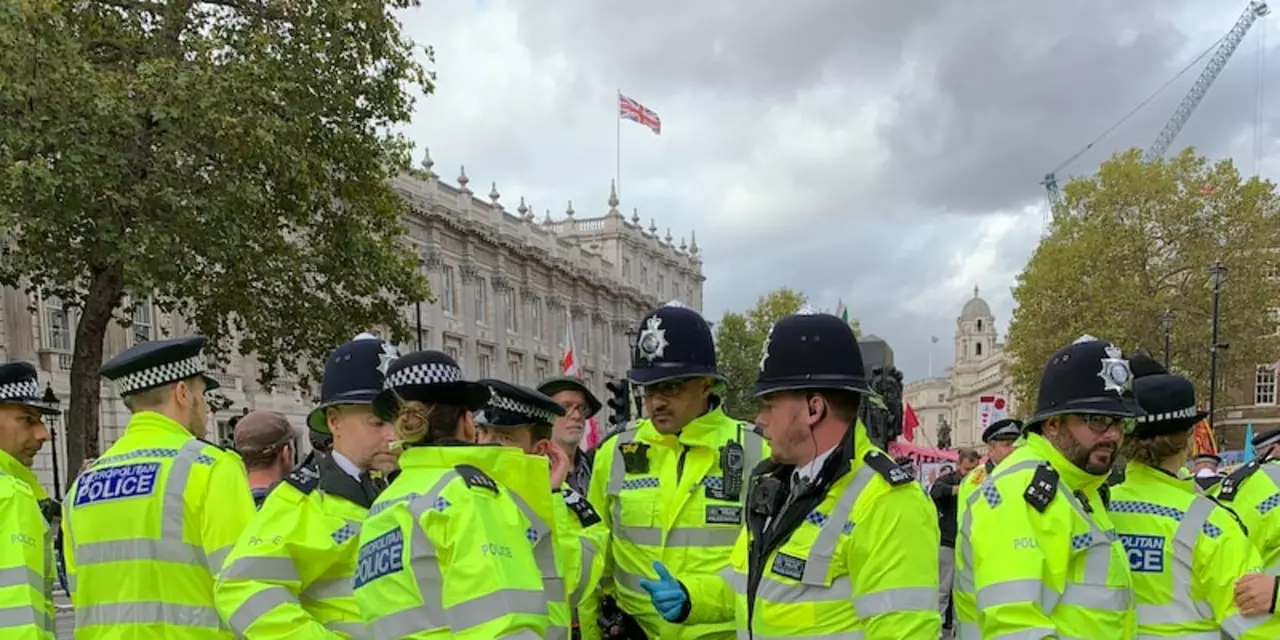Cardiac Arrest: Quick Facts, Signs, and What to Do First
Ever wondered why a sudden collapse feels so scary? That's often cardiac arrest—a heart that stops pumping blood in an instant. It’s not the same as a heart attack, which is a blockage that hurts the heart muscle. In cardiac arrest the rhythm goes flat or chaotic, and the brain misses oxygen within seconds. Knowing the difference can save a life.
Spot the Warning Signs
Most people think you need pain to know something’s wrong, but cardiac arrest can strike without a hint. Look for these red flags:
- Sudden loss of consciousness—person just collapses.
- No breathing or only gasping (agonal breathing).
- No pulse or a weak pulse.
- Chest feels heavy, but the person can’t speak.
If any of these show up, treat it as an emergency. Don’t wait for a doctor to arrive.
Immediate Actions: CPR and AED
Time is everything. Call emergency services right away—say “I need an ambulance for a cardiac arrest.” Then jump into hands‑only CPR if you’re untrained: place the heel of one hand over the center of the chest, stack the other hand on top, keep elbows locked, and push hard and fast—about 100 to 120 compressions per minute. Think of the beat of a pop song like “Stayin’ Alive.”
If a nearby Automated External Defibrillator (AED) is available, turn it on and follow the voice prompts. The device checks the heart rhythm and tells you whether a shock is needed. Apply the pads as shown, stand clear, and let the AED do its job. One shock can restart the heart’s normal rhythm.
Even if you’re not sure about your CPR skill, compressions alone improve survival odds. Keep pressing until help arrives or the person starts breathing on their own.
After the crisis, the person will need hospital care to find out why the heart stopped. Common causes include ventricular fibrillation, severe electrolyte imbalance, or a heart condition that went undetected. Follow‑up tests and lifestyle changes can lower the risk of another episode.
Prevention starts with knowing your risk. If you have a family history of heart disease, high blood pressure, or have been diagnosed with a heart rhythm problem, talk to a doctor about screening and possibly an implantable cardioverter‑defibrillator (ICD). Stay active, eat a balanced diet, and keep stress in check—small habits add up.
Remember, cardiac arrest is sudden, but your response doesn’t have to be. Recognize the signs, call for help, start compressions, and use an AED if you can. Those few minutes can mean the difference between life and death—both for the victim and for you as a bystander ready to act.
How did Sridevi being so fit have cardiac arrest?
Sridevi, the famous Indian film actress, passed away from cardiac arrest in February 2018. The suddenness of her death left many wondering how someone who was seemingly so fit could have succumbed to such a medical emergency. It is thought that her cardiac arrest was caused by a sudden blockage in her vessels, resulting in a lack of blood flow to her heart. This blockage could have been due to a range of factors, including genetics, lifestyle and environmental factors. Other risk factors include hypertension, diabetes, obesity and smoking. Therefore, it is important to be aware of the risk factors and to maintain a healthy lifestyle to reduce the risk of a cardiac arrest.
